The 17 sustainable development goals set by the UN are important drivers in our sustainability matters. We have selected three goals as the most significant for Naava.
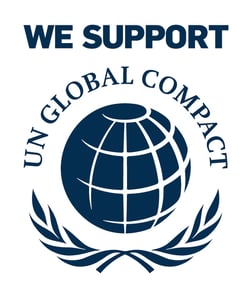
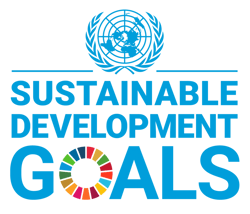
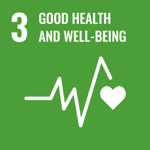
We are investing in the long-term health and well-being of current and future generations by making decisions that support our overall sustainability.
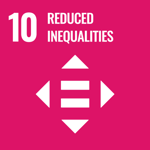
We are actively eliminating the potentially adverse effects our operations may cause. We're committed to creating a more equal society.
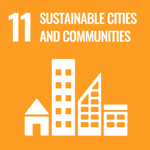
Our solutions provide communities with resource-efficient ways to invest in better indoor air quality and an enhanced nature connection.
Handprint
According to the World Health Organization, inhaling poor, polluted air thousands of times in a day is one of the most significant environmental health risks of the 21st century.
The core of our handprint is to work on solving this global threat. As of now, around 400 000 people are daily under the influence of our services, which are scientifically proven to decrease stress and improve cognitive functions.

Naava is the most researched green wall in the world










Footprint
Thanks to Naava’s technology, we are able to take care of the plants remotely - thus effectively reducing the amount of travelling, transportation, and plants needed for maintenance. Current estimates tell, that we're able to cut travelling over five-fold.
We‘re constantly developing our products to be more sustainable. Our latest product range is manufactured using 45% less raw materials while also being more recyclable. The same product range also carries 81% less packaging volume and 71% less packaging materials.
Over the course of 11 years, 6000 Naava walls have seen daylight. Almost all of the devices manufactured are still in use.
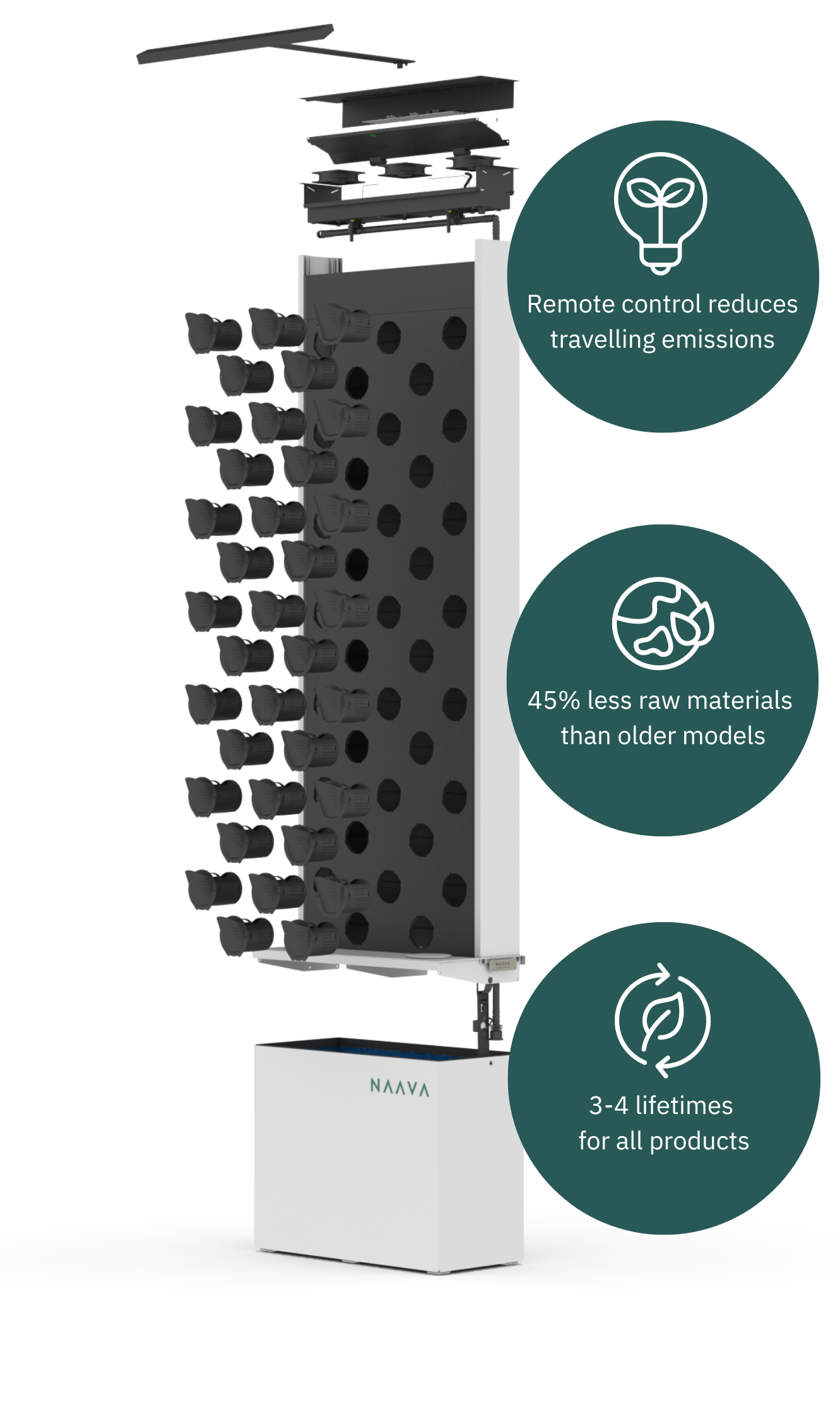
Our Supply Chain
We excel in circulating our products and maintaining long service intervals. the key points for development are in material sourcing and transporting solutions.
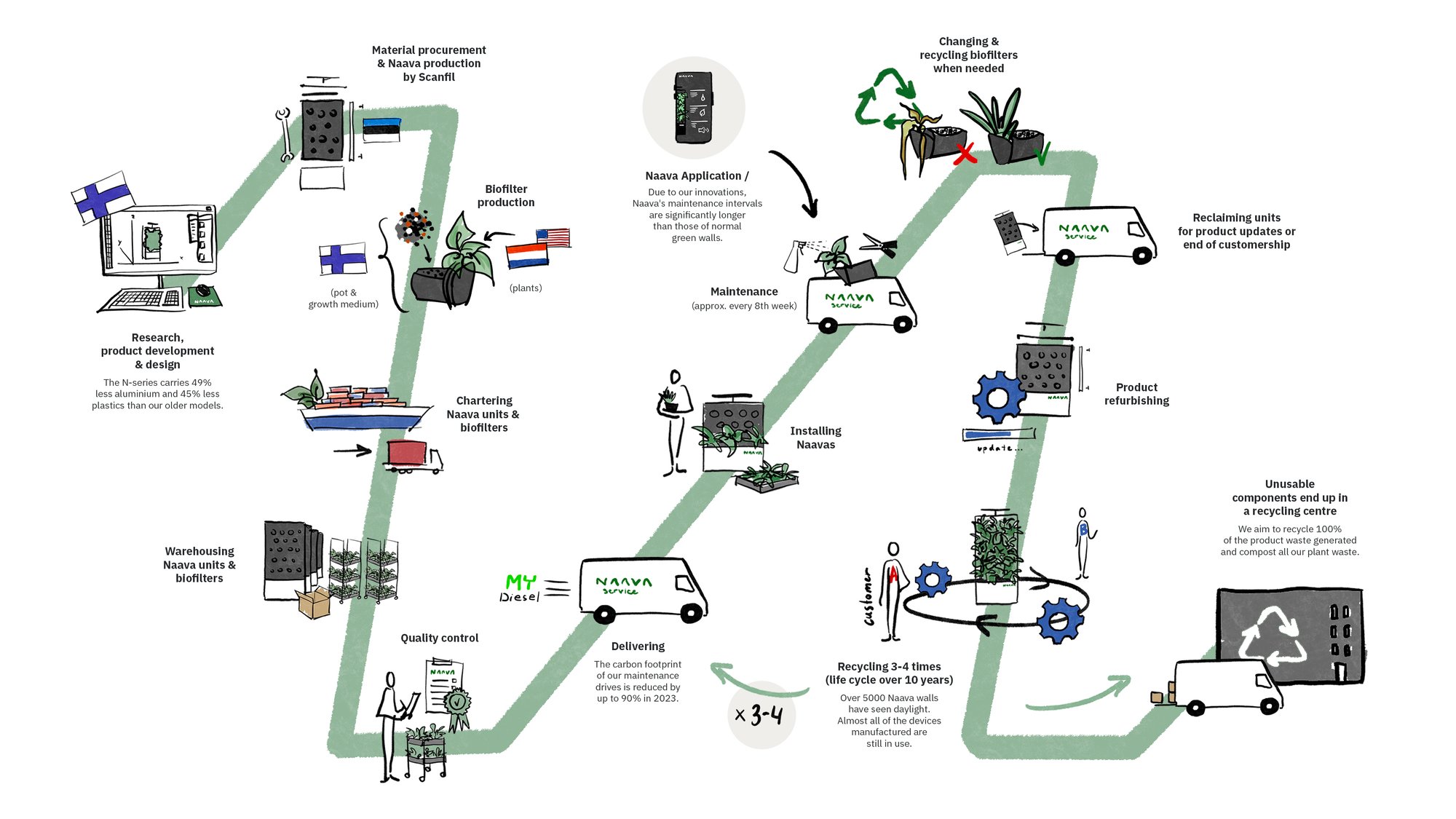

Road to Zero
Carbon neutral in 2027.
We made a commitment to reach carbon neutrality by 2027. We plan to do more with less, which leads to an increased net impact. The plan presents yearly GHG intensity relations to the 2021 baseline.

